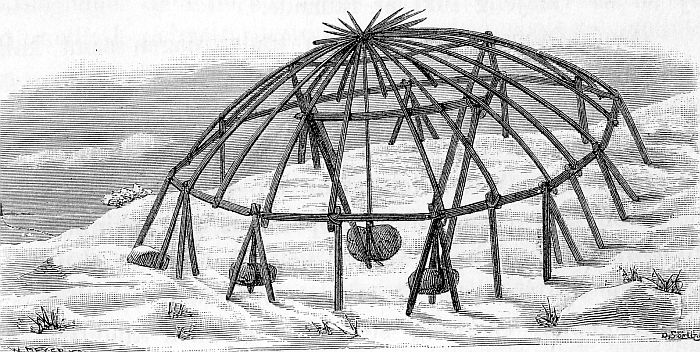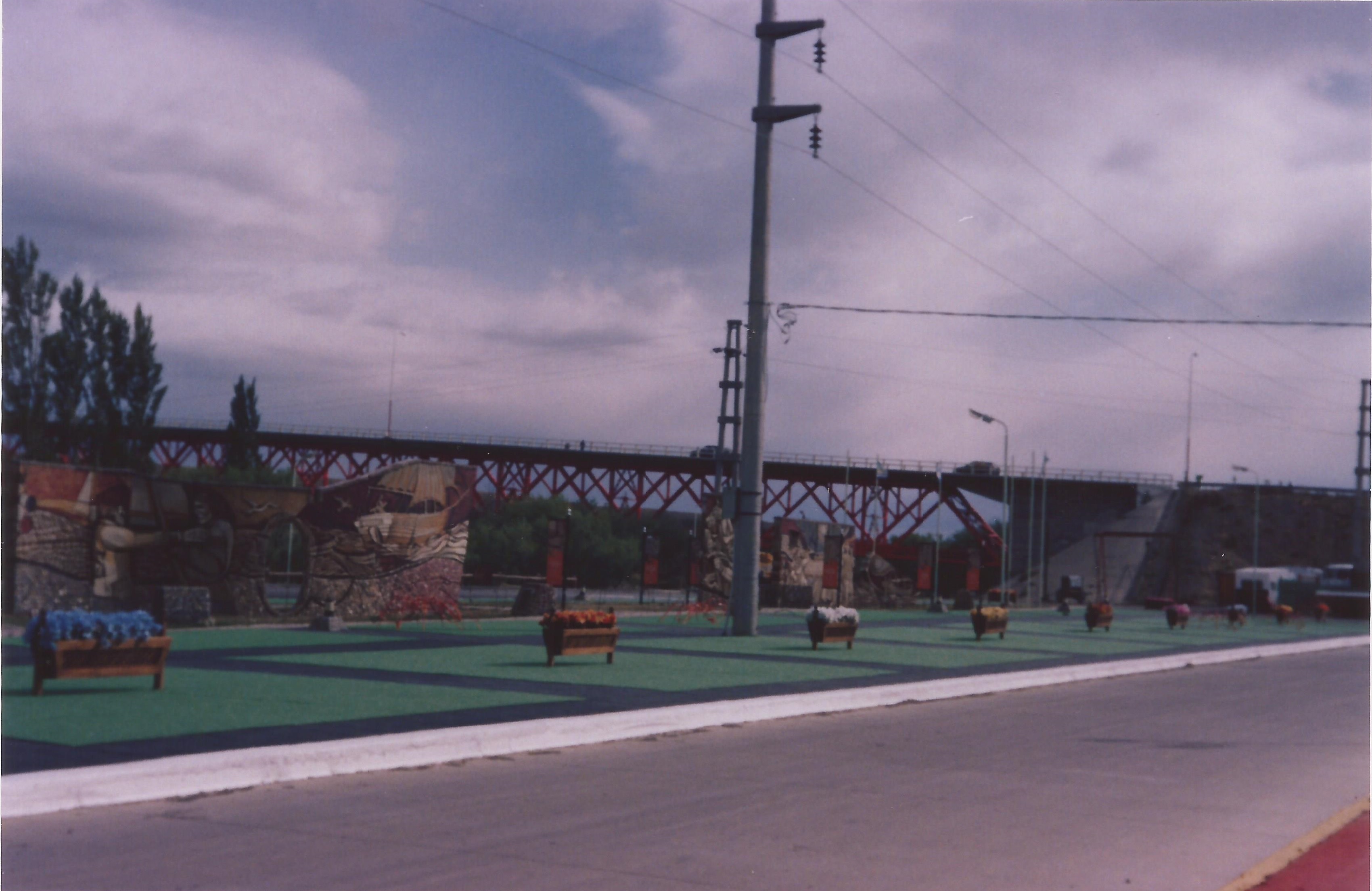|
Luis Piedrabuena
Luis Piedrabuena (; 24 August 1833 - 10 August 1883) was an Argentina, Argentine sailor whose actions in southern Argentina consolidated national sovereignty at a time when these lands were virtually uninhabited and were not protected by the state. His biographers consider him one of the most important heroes of Patagonia. Piedrabuena reached the naval rank of Naval Lieutenant Colonel, equivalent to Commander. Today he is commonly called Commander Piedrabuena. Childhood Luis Piedrabuena was born in the port of Carmen de Patagones, Buenos Aires Province, on 24 August 1833. He was born in a large colonial house with large bricks, window grilles and a Spanish-style tile roof. It was located at the foot of the ravine that was crowned by a fort in those days, and today by the parish church. From a very early age he was attracted by the sea. His childhood relationship with three seamen helped him to follow a life at sea. The first was Captain Lemon, an American whaler who sailed ... [...More Info...] [...Related Items...] OR: [Wikipedia] [Google] [Baidu] |
Carmen De Patagones
Carmen de Patagones is the southernmost city in the . Geography It is located 937 km southwest from the city of Buenos Aires, on the north bank of the Río Negro ("Black River"), near the Atlantic Ocean, and opposite Viedma, capital of the province of Río Negro. The city is the capital of the Patagones Partido, the only administrative division of Buenos Aires Province that lies within Patagonia. History The town was founded in 1779 by Francisco de Viedma, an explorer leading a Spanish expedition commissioned with colonizing Patagonia's shores. In the 19th century, Carmen de Patagones had a fort, and after the May Revolution of 1810, it became a prison for royalists (Spaniards and pro-Spanish locals against the independence movement). Later, during the Cisplatine War (1825–1828), the town became a naval base, since the main Argentine safe harbour, the estuary of the Río de la Plata, had been blocked by Brazilian ships. The Brazilian troops attempted to ta ... [...More Info...] [...Related Items...] OR: [Wikipedia] [Google] [Baidu] |
Giacomo Bove
Giacomo Bove (23 April 1852 – 9 August 1887) was an Italian explorer. He sailed with Adolf Erik Nordenskiöld on the first voyage through the north-east passage, and later explored Tierra del Fuego and the Congo River. Early years Giacomo Bove was born in Maranzana, Asti, Piedmont, on 23 April 1852 to Francesco Bove and Antonia Garbarino. He was the eldest of five brothers. His family owned a vineyard and made wine for sale. He went to primary school in Maranzana and then in Acqui Terme, before being admitted to the Naval Academy in Genoa. He graduated with honors, and was able to serve as a midshipman on the scientific expedition of the ''Governolo'' to the Far East. The ''Governolo'' mission (1872–1873) mapped the coast of Borneo, performed hydrological surveys, and studied the ethnography of the local people. The ''Governolo'' also visited Malaya, the Philippines, China and Japan. Apart from its scientific goals, Italy was interested in opening up trade with Japan, which ... [...More Info...] [...Related Items...] OR: [Wikipedia] [Google] [Baidu] |
Argentine Navy Personnel
Argentines (mistakenly translated Argentineans in the past; in Spanish (masculine) or (feminine)) are people identified with the country of Argentina. This connection may be residential, legal, historical or cultural. For most Argentines, several (or all) of these connections exist and are collectively the source of their being ''Argentine''. Argentina is a multiethnic and multilingual society, home to people of various ethnic, religious, and national origins, with the majority of the population made up of Old World immigrants and their descendants. As a result, Argentines do not equate their nationality with ethnicity, but with citizenship and allegiance to Argentina. Aside from the indigenous population, nearly all Argentines or their ancestors immigrated within the past five centuries. Among countries in the world that have received the most immigrants in modern history, Argentina, with 6.6 million, ranks second to the United States (27 million), and ahead of other immigr ... [...More Info...] [...Related Items...] OR: [Wikipedia] [Google] [Baidu] |
1883 Deaths
Events January–March * January 4 – ''Life (magazine), Life'' magazine is founded in Los Angeles, California, United States. * January 10 – A Newhall House Hotel Fire, fire at the Newhall Hotel in Milwaukee, Wisconsin, United States, kills 73 people. * January 16 – The Pendleton Civil Service Reform Act, establishing the United States civil service, is passed. * January 19 – The first electric lighting system employing overhead wires begins service in Roselle, New Jersey, United States, installed by Thomas Edison. * February – ''The Adventures of Pinocchio'' by Carlo Collodi is first published complete in book form, in Italy. * February 15 – Tokyo Electrical Lightning Grid, predecessor of Tokyo Electrical Power (TEPCO), one of the largest electrical grids in Asia and the world, is founded in Japan. * February 16 – The ''Ladies' Home Journal'' is published for the first time, in the United States. * February 23 – Al ... [...More Info...] [...Related Items...] OR: [Wikipedia] [Google] [Baidu] |
1833 Births
Events January–March * January 3 – Reassertion of British sovereignty over the Falkland Islands in the South Atlantic. * February 6 – His Royal Highness Prince Otto Friedrich Ludwig of Bavaria assumes the title His Majesty Othon the First, by the Grace of God, King of Greece, Prince of Bavaria. * February 16 – The United States Supreme Court hands down its landmark decision of Barron v. Mayor and City Council of Baltimore. * March 4 – Andrew Jackson is sworn in for his second term as President of the United States. April–June * April 1 – General Antonio López de Santa Anna is elected President of Mexico by the legislatures of 16 of the 18 Mexican states. During his frequent absences from office to fight on the battlefield, Santa Anna turns the duties of government over to his vice president, Valentín Gómez Farías. * April 18 – Over 300 delegates from England, Scotland, Wales and Ireland travel to the office of the Prime Minister, the Earl Grey, to cal ... [...More Info...] [...Related Items...] OR: [Wikipedia] [Google] [Baidu] |
Villa Lugano
Villa Lugano is a ''Neighbourhoods of Buenos Aires, barrio'' (neighbourhood) in Buenos Aires, Argentina, located in the south of the city. It has a population of approximately 114,000 people. It is delimited by Avenida Eva Perón, Avenida General Paz, Calle José Barros Pazos, Avenida Lisandro de la Torre, Avenida Coronel Roca and Avenida Escalada. To the south-east it limits with La Matanza Partido. Generally a working-class neighbourhood, Villa Lugano is characterised by its numerous public housing complexes built in the late 20th century, such as Barrio General Manuel Savio (commonly known as ''Lugano 1 y 2''), Barrio Cardenal Antonio Samoré, Barrio Cardenal Copello, and Barrio Comandante Luis Piedrabuena. History Villa Lugano was founded in 1908, when Switzerland, Swiss citizen José Ferdinando Francisco Soldati (founder of Sociedad Comercial del Plata) established a settlement named for his hometown of Lugano. Soldati was born on 30 May 1864 in Neggio, Ticino, Canton of Ticin ... [...More Info...] [...Related Items...] OR: [Wikipedia] [Google] [Baidu] |
Housing Complex
A housing estate (or sometimes housing complex or housing development) is a group of homes and other buildings built together as a single development. The exact form may vary from country to country. Popular throughout the United States and the United Kingdom, they are often areas of high-density, low-impact residences of single-family detached homes and often allow for separate ownership of each housing unit, for example through subdivision. In major Asian cities, such as Hong Kong, Kuala Lumpur, Shanghai, Shenzhen, Singapore, Seoul, Taipei, and Tokyo, an estate may range from detached houses to high-density tower blocks with or without commercial facilities; in Europe and America, these may take the form of town housing, high-rise housing projects, or the older-style rows of terraced houses associated with the Industrial Revolution, detached or semi-detached houses with small plots of land around them forming gardens, and are frequently without commercial facilities an ... [...More Info...] [...Related Items...] OR: [Wikipedia] [Google] [Baidu] |
Comandante Luis Piedrabuena
Comandante Luis Piedrabuena is a town with 4,175 inhabitants in the department of Corpen Aike in Santa Cruz province in Argentina. Located on the left bank of the Santa Cruz river on Ruta Nacional N° 3, it is 231 km from the city of Río Gallegos and 467 km from Caleta Olivia. It was first settled by Argentina explorer Luis Piedrabuena in 1859, who established a town on Pavón Island Pavón or Pavon can refer to: Animals *''Doxocopa pavon'', a brush-footed butterfly commonly known as the pavon *Horned guan (Spanish, ''pavón'') *Peacock bass (''Cichla''), also known as the pavon Places * Pavón, Costa Rica, a town in Puntare .... It was given its present name in 1933. External links Website for the cityFederal website of IFAM Ports and harbours of Argentina Populated places in Santa Cruz Province, Argentina {{SantaCruzAR-geo-stub ... [...More Info...] [...Related Items...] OR: [Wikipedia] [Google] [Baidu] |
La Recoleta Cemetery
La Recoleta Cemetery ( es, Cementerio de la Recoleta) is a cemetery located in the Recoleta, Buenos Aires, Recoleta Barrios and Communes of Buenos Aires, neighbourhood of Buenos Aires, Argentina. It contains the graves of notable people, including Eva Perón, President of Argentina, presidents of Argentina, Nobel Prize winners, the founder of the Argentine Navy, and military commanders like Julio Argentino Roca. In 2011, the BBC hailed it as one of the world's best cemeteries, and in 2013, CNN listed it among the 10 most beautiful cemeteries in the world. History Franciscan Recollect monks () arrived in this area, then the outskirts of Buenos Aires, in the early eighteenth century. The cemetery is built around the Recollect Convent () and a church, Basilica of Our Lady of the Pillar, Buenos Aires, Our Lady of Pilar ('), built in 1732. The order was disbanded in 1822, and the garden of the convent was converted into the first public cemetery in Buenos Aires. Inaugurated on 17 Nov ... [...More Info...] [...Related Items...] OR: [Wikipedia] [Google] [Baidu] |
Bartolomé Mitre
Bartolomé Mitre Martínez (26 June 1821 – 19 January 1906) was an Argentine statesman, soldier and author. He was President of Argentina from 1862 to 1868 and the first president of unified Argentina. Mitre is known as the most versatile statesman, military man, politician, journalist, historian, writer and poet. He was a major figure in the history of Argentina during second half of the 19th century. He was the figure that best characterized liberalism in Argentina, but he was a moderate and flexible liberal, not dogmatic. Early life Mitre was born on 26 June 1821 in Buenos Aires. His father was of Greek descent and the family name was originally Mitropoulos.Gardner, James. "Buenos Aires: The Biography of a City", 110. (St Martin's Press, 2015, ). In 1831, his family settled in Uruguay. He became a soldier, and graduated in 1839 from the Military School of Montevideo, with the rank of second lieutenant of artillery. Also a journalist, his writings supported Fructuo ... [...More Info...] [...Related Items...] OR: [Wikipedia] [Google] [Baidu] |
Julia Dufour
Julia Dufour is a village and municipality in Santa Cruz Province in southern Argentina Argentina (), officially the Argentine Republic ( es, link=no, República Argentina), is a country in the southern half of South America. Argentina covers an area of , making it the second-largest country in South America after Brazil, th .... References Populated places in Santa Cruz Province, Argentina {{SantaCruzAR-geo-stub ...[...More Info...] [...Related Items...] OR: [Wikipedia] [Google] [Baidu] |






.jpg)